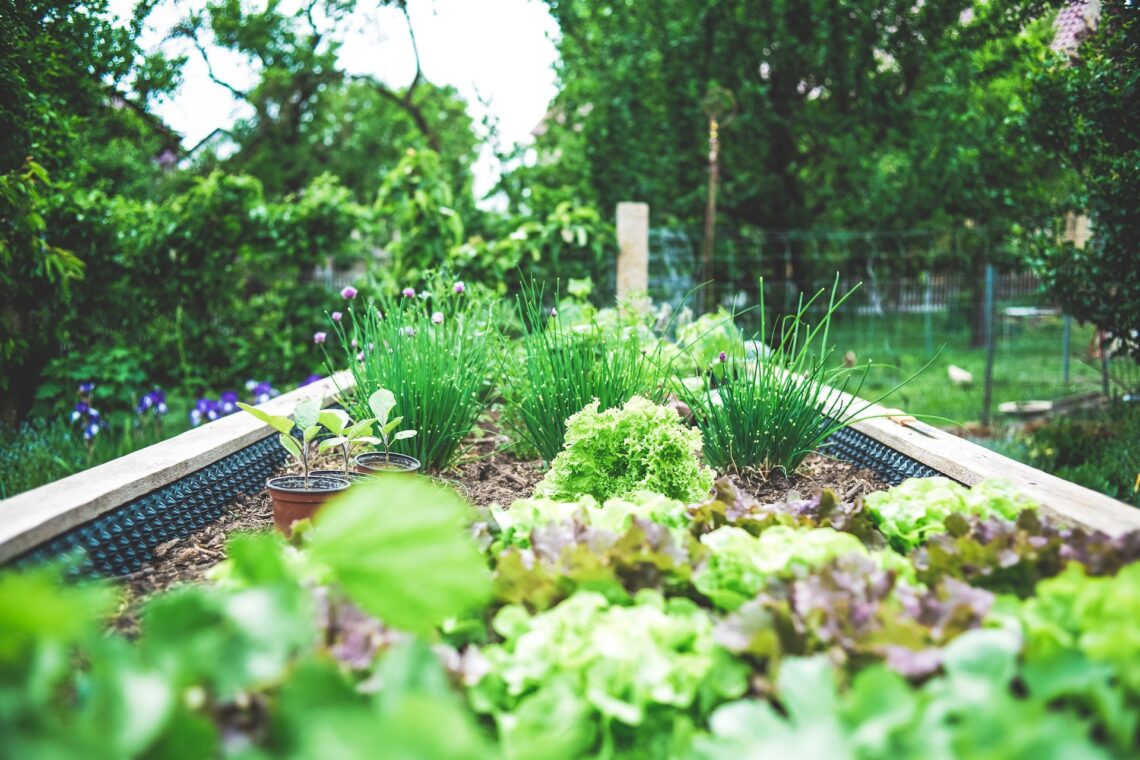
Small-Space Gardening Hacks: Maximize Your Garden Productivity in Limited Spaces
Do you live in an urban area or have a small yard but still want to enjoy the benefits of growing your own plants and produce? Don’t worry! With a bit of creativity and some clever small-space gardening hacks, you can turn even the tiniest of spaces into a thriving, green oasis. In this article, we’ll explore some innovative ideas to help you get the most out of your limited gardening space, and we’ll also discuss how to incorporate a fire pit into your backyard design.
Vertical Gardening: Go Up Instead of Out
When you’re working with a small space, it’s essential to think vertically. Vertical gardening involves using structures like trellises, walls, and hanging planters to grow plants upward, freeing up valuable ground space. Some excellent plants for vertical gardening include climbing vines like beans, peas, and cucumbers, as well as flowers like morning glories and clematis.
Container Gardening: Grow Plants in Pots and Containers
Another great small-space gardening hack is container gardening. Growing plants in pots and containers allows you to maximize your space by placing them on balconies, patios, or even indoors. Plus, you can move them around as needed to ensure they get the proper sunlight or to rearrange your garden design. Choose containers with good drainage and fill them with high-quality potting soil. Almost any plant can be grown in a container, including herbs, vegetables, and flowers.
Utilize Every Inch of Space: Think Creatively
When you have limited space, it’s crucial to make the most of every inch. This means using unconventional areas for gardening, such as planting herbs in window boxes, growing vegetables in raised beds along a fence, or even creating a rooftop garden. Look for small, unused spaces around your home and think about how you can incorporate plants into those areas.
Choose Compact and Dwarf Varieties: Opt for Space-Saving Plants
When selecting plants for your small-space garden, consider choosing compact or dwarf varieties. These plants are bred to be smaller in size, making them perfect for tight spaces. Some examples include dwarf fruit trees, compact tomato varieties, and smaller pepper plants. These plants will still produce a bountiful harvest without taking up too much space.
Integrate a Fire Pit: Add Warmth and Ambiance to Your Small Backyard
Adding a fire pit to your small backyard can create a cozy atmosphere and provide a focal point for your outdoor space. When choosing a fire pit for a small space, it’s essential to consider the shape of the fire pit. Tiffany Parra, owner of Fire Pit Surplus, recommends round or bowl-shaped fire pits for smaller backyards. “When working with a small space, it’s important to consider the shape of the fire pit. We typically recommend round or bowl-shaped fire pits for smaller backyards,” says Parra.
A well-designed fire pit can also serve as a gardening element by incorporating it into your planting scheme. For example, you can surround your fire pit with container plants or create a raised bed filled with colorful flowers or herbs. Just be sure to choose plants that can tolerate the heat generated by the fire pit.
Final Thoughts
Creating a beautiful and productive garden in a small space is achievable with a bit of ingenuity and careful planning. By employing these small-space gardening hacks and incorporating elements like a fire pit, you can transform your limited outdoor area into a lush, inviting retreat. So, don’t let a lack of space hold you back – start planning your small-space garden today!
Frequently Asked Questions:
How do you garden in a small space?
To garden in a small space, follow these steps:
- Assess your available space: Determine the size and layout of your gardening area and consider factors such as sunlight, drainage, and access to water.
- Choose the right plants: Opt for compact, dwarf, or vertical-growing varieties of fruits, vegetables, and ornamental plants.
- Use containers: Use pots, window boxes, or raised beds to grow plants in confined spaces.
- Maximize vertical space: Utilize vertical gardening techniques such as trellises, hanging baskets, or wall-mounted planters.
- Incorporate multi-functional garden elements: Include built-in seating, vertical storage, and retractable shade solutions to save space and create a functional garden.
What plants can be grown in a small space?
Plants that can be grown in a small space include:
- Dwarf fruit trees (e.g., apple, cherry, or peach)
- Compact vegetables (e.g., patio tomatoes, bush cucumbers, or baby lettuce)
- Vertical-growing vegetables (e.g., peas or beans)
- Compact ornamental plants (e.g., dwarf conifers, small shrubs, or perennials with a clumping habit)
- Herbs (e.g., basil, parsley, or mint)
How do you grow a lot of vegetables in a small space?
To grow a lot of vegetables in a small space:
- Choose compact, dwarf, or vertical-growing vegetable varieties.
- Utilize containers or raised beds to maximize growing space.
- Practice succession planting by growing multiple crops in the same area throughout the growing season.
- Implement companion planting, where compatible plants are grown together to improve growth and yield.
- Use vertical gardening techniques, such as trellises or hanging baskets, to grow more plants in a limited space.
What vegetables are easy to grow in small spaces?
Easy-to-grow vegetables for small spaces include:
- Lettuce: Baby lettuce varieties are ideal for small spaces and can be harvested as needed.
- Radishes: These fast-growing root vegetables can be sown in succession for a continuous harvest.
- Cherry tomatoes: Patio or compact tomato varieties are perfect for container gardening.
- Spinach: This leafy green can be grown in pots or garden beds and harvested as needed.
- Peas: Climbing or bush pea varieties can be grown vertically to save space.
- Bush beans: These compact plants are ideal for small gardens and provide a steady harvest throughout the season.
Photo by Markus Spiske on Unsplash




